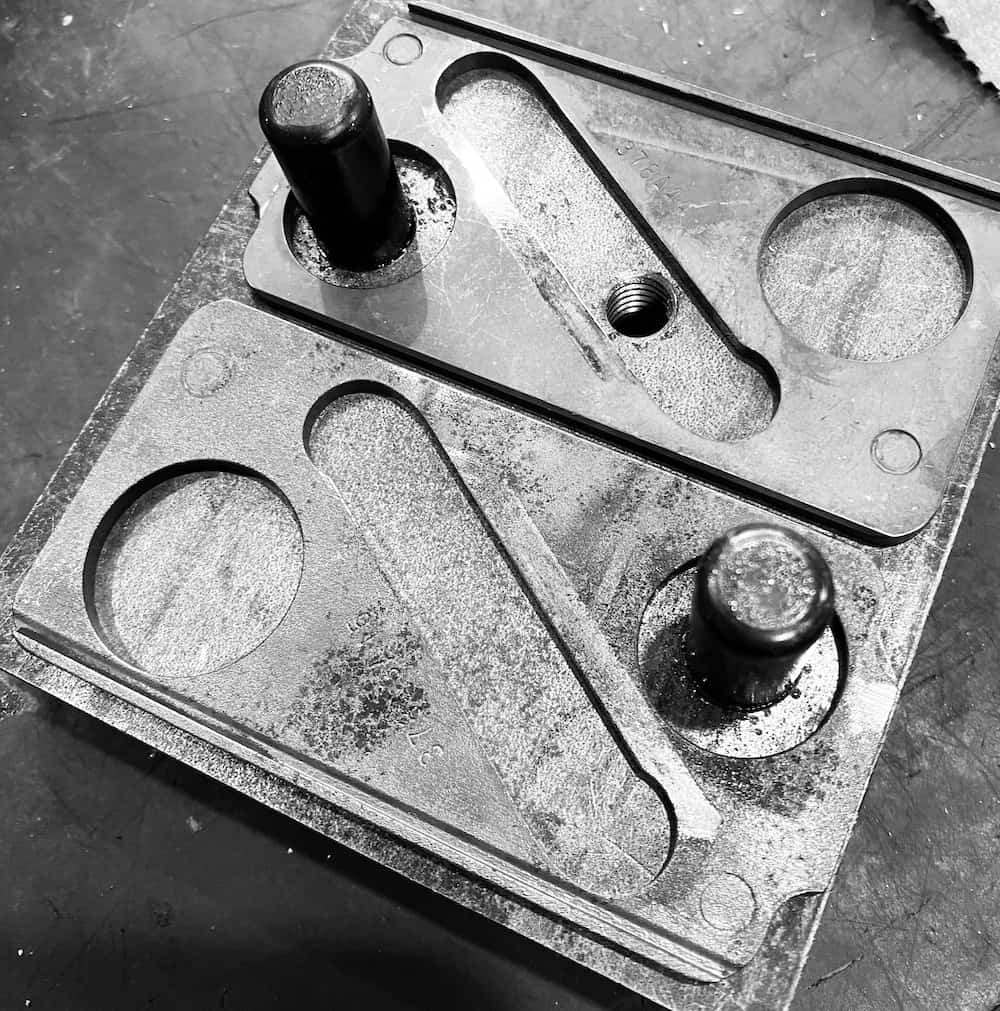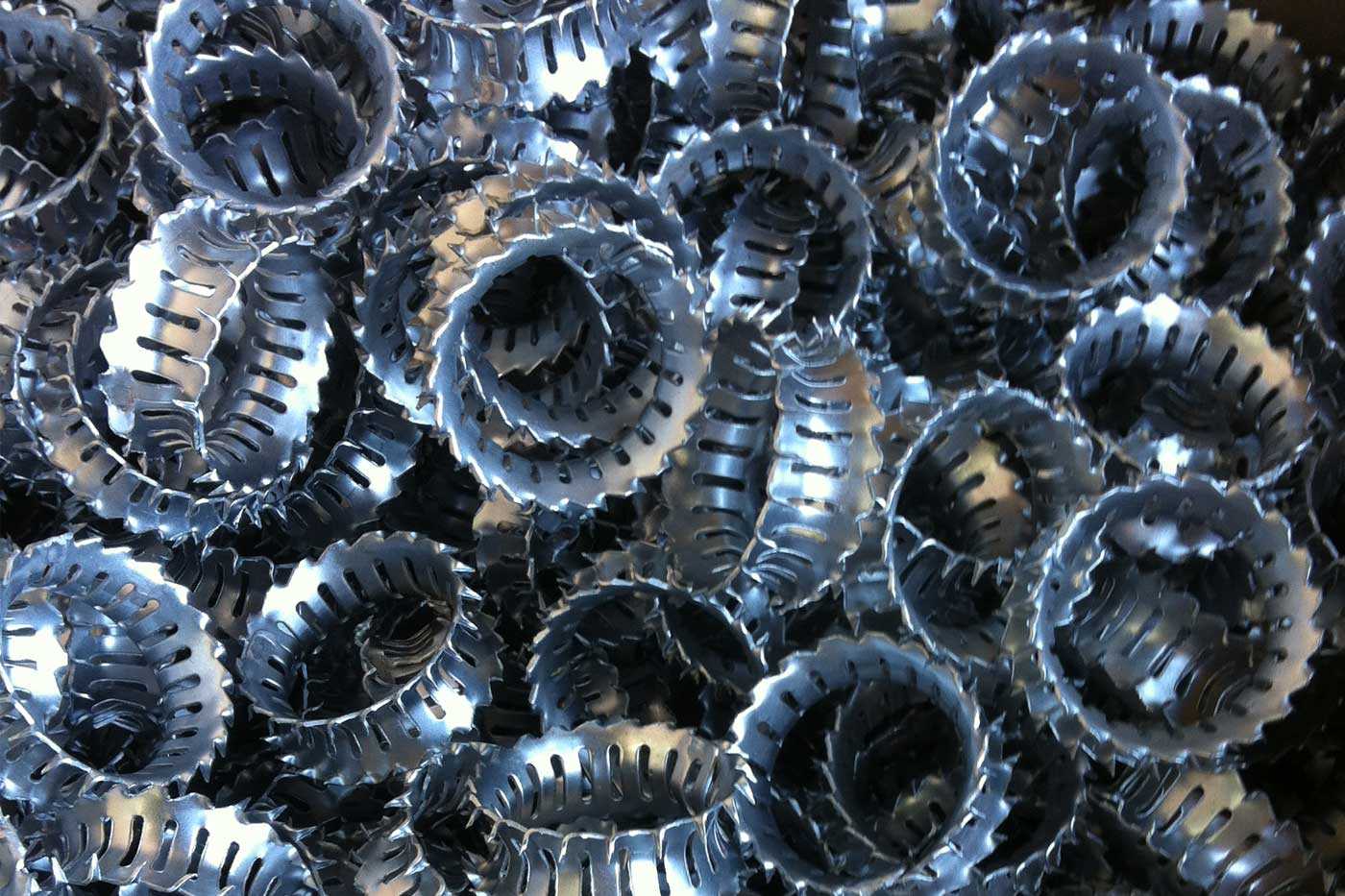The Key Benefits of Heat Treating Your Metals
Featured
September 25, 2020
 Heat treating is a generic term for many different thermal processes used on different materials. The processes are used to enhance or modify the properties of the material to meet the requirements of the intended application. Heat treatment is used to give parts their initial, intermediate and their final properties.
Heat treating is a generic term for many different thermal processes used on different materials. The processes are used to enhance or modify the properties of the material to meet the requirements of the intended application. Heat treatment is used to give parts their initial, intermediate and their final properties.
These processes can:
- soften metal or plastic (annealing)
- harden metal (through hardening, case hardening, carburizing, nitriding)
- soften or harden just one area on a part (induction, flame)
- homogenize plastic injection molded parts (annealing)
- remove stress from material before or after machining (stress relief)
- remove stress from formed, extruded, cut or bent material (stress relief)
- add resilience (spring) to a metal (austempering, marquenching)
- change magnetic permeability (magnetic anneal, mu metal anneal)
Heat treating can improve or change properties in metal, including:
- strength
- hardness
- ductility
- toughness
- wear resistance
- elasticity
- Magnetism (permeability)
Improving Workability and Machinability:
Heat treating improves manufacturability by removing internal stresses from previous fabrication processes like cold work, hot work, machining, stamping and welding. For instance, if a metal is too hard to machine or bend, it can be annealed or stress relieved to reduce the hardness. If a plastic deforms when it’s machined, it can be stress relieved or annealed to keep it from deforming. Heat treating, by flame or induction, can also soften just one area of a part, leaving the rest of the part unchanged.
Improving Wear Resistance and Durability:
Heat treating can improve wear resistance by hardening the material. Metals (including steel, titanium, inconel, and some copper alloys) can be hardened either on the surface (case hardening) or all the way through (through hardening), to make the material stronger, tougher, more durable and more resistant to wear. This is a great way to increase the durability of an inexpensive steel such as A-36 or 1018.
Localized hardening, by flame or induction, can harden just one area of a part, leaving the rest of the part unchanged. Nitriding can harden the surface of a part at a low temperature, reducing distortion.
Improving Strength and Toughness:
Strength and toughness are a trade-off, as increasing strength (as measured by hardness) may reduce toughness and introduce brittleness. Specifically, heat treating can affect yield strength, tensile strength and fracture toughness. Case hardening or through hardening will increase strength, however the parts will need to be tempered or drawn back to decrease brittleness. The amount of tempering is determined by the ultimate strength desired in the material. Often, if material is too brittle as received, it can be heat treated (annealed or re-tempered) to make it more usable (ductile).
Improving Magnetic Properties:
Several materials, such as 1008 or 316, tend to gain magnetism (measured as “magnetic permeability”) when they are work-hardened (machined, formed, stamped, bent, etc). A specific annealing process will reduce the magnetic permeability, which is especially important if the part will be used in an electronic environment.

Trust ThermoFusion:
Since 1968, our experienced team of materials engineers, metallurgists, quality control technicians and equipment operators have been solving metallurgical problems for our customers. We heat treat to industry and prime specifications. We can work with you to design heat treatments to meet your part requirements, using our multiple capabilities.
Visit thermo-fusion.com/services to see an overview of the services we offer, or call us at 510-782-7755 to ask about services you want and/or need.
Top


